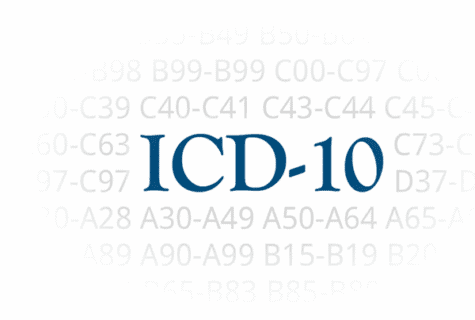
To get your claims reimbursed, payers demand that you be as specific as possible with your ICD-10-CM code assignment. Often this means you must identify laterality and accurately adjust your coding to avoid claim denials and payer audits.
When CMS implemented ICD-10, the number of diagnosis codes went from 14,000 to 68,000 — a massive jump. Laterality caused much of this increase, meaning you now have right, left and bilateral iterations for many codes. Of course, picking the right code isn’t quite that easy. Here are a few tips to help you through the process.
1. Right/Left vs. Bilateral: Some diagnoses have right, left and bilateral options — otitis media is a good example (see codes below):
- 01 — Acute serous otitis media, right ear
- 02 — Acute serous otitis media, left ear
- 03 — Acute serous otitis media, bilateral
Right and left are pretty self-explanatory. If your patient has an ear infection in both ears, however, you would NOT report two codes (one for the right ear and one for the left). Instead, you would submit one bilateral code:
Note: Typically, the characters for laterality indicate the following:
- “1” represents the right side
- “2” represents the left side
- “3” means bilateral or both.
2. No Bilateral Choice: On the other hand, there are some diagnoses that identify codes for right and left, but NOT bilateral. For example, you only have right and left codes for an initial encounter for a sprained ankle: S93.401A (right) and S93.402A (left). If your physician treats a patient who sprained both ankles, you have to report two separate codes — one for each side.
3. Lack of Documentation: Your provider may not always document laterality. Ultimately, in these instances, the best course of action is to go back to your clinician and get the missing information. If the information isn’t available, however, you have two additional laterality code options to choose from:
- “0” as the fifth digit of a five-character code means “unspecified”
- “9” as the sixth character of a six-character code means “unspecified.”
Although ICD-10 includes “unspecified” codes along with those for laterality — for example, H65.00 (Acute serous otitis media, unspecified ear) — carriers likely will reject payment for these claims for lack of specificity. You should rely on these codes ONLY when there is no other option available to you based in the clinician’s documentation.
You should certainly NEVER code for something that is not clearly documented (for instance, you know the physician treated the left ear, but it is not documented). Instead, you must speak with your provider and have them provide an addendum to the patient record. This is the ONLY way you can choose the correct code and get your claim paid.
Note: Don’t ever accept verbal communications when it comes to choosing laterality. If it isn’t documented, you can’t code it.
Take Aways:
- Payers are targeting claims that contain “unspecified” codes, so you should be as specific as possible with your ICD-10-CM code assignment.
- Laterality frequently drives the level of specificity for your coding, so be sure that your diagnosis codes reflect right, left or bilateral whenever applicable.
- If your provider’s documentation lacks the needed laterality reference, query the practitioner for more information to ensure you can select the proper ICD-10-CM code.
